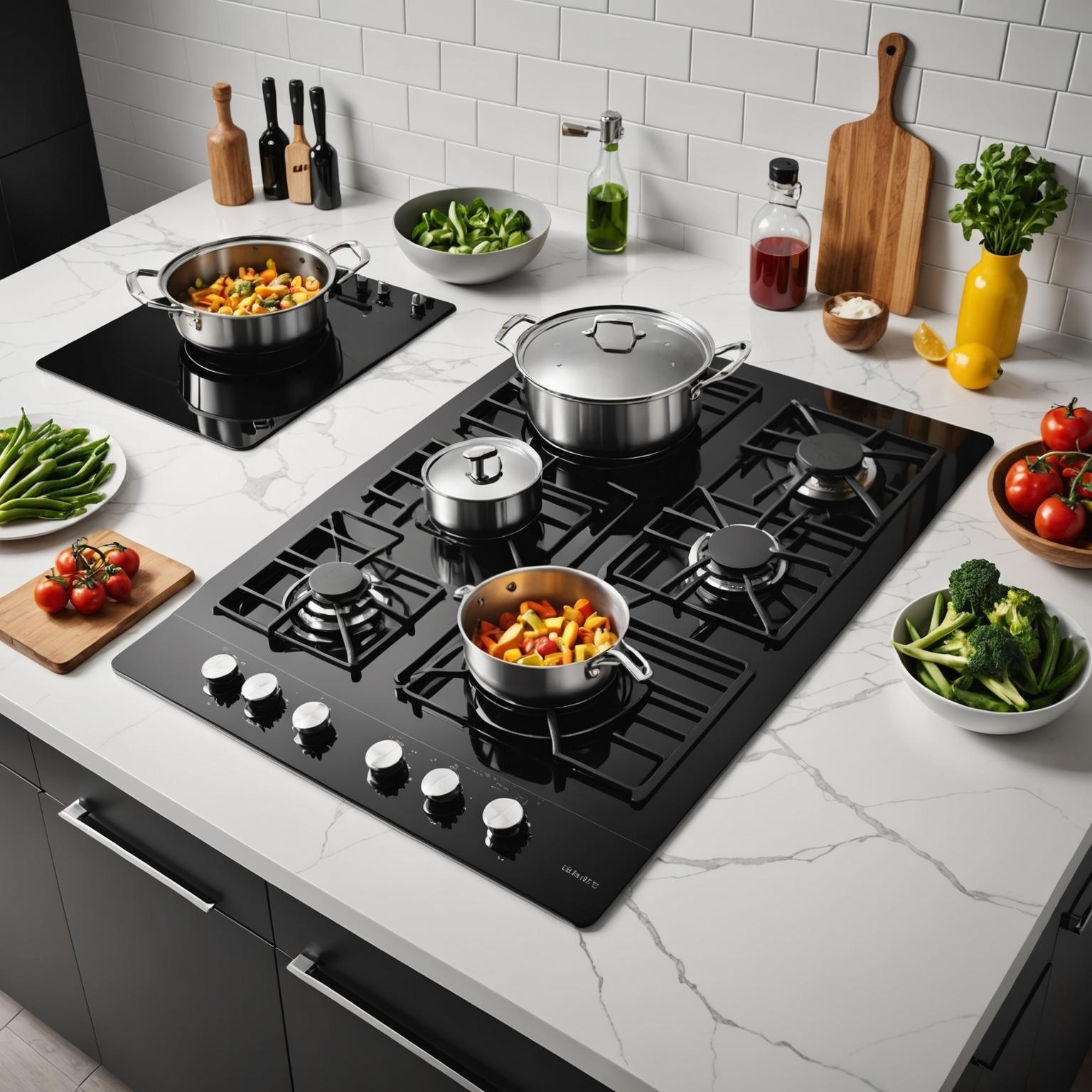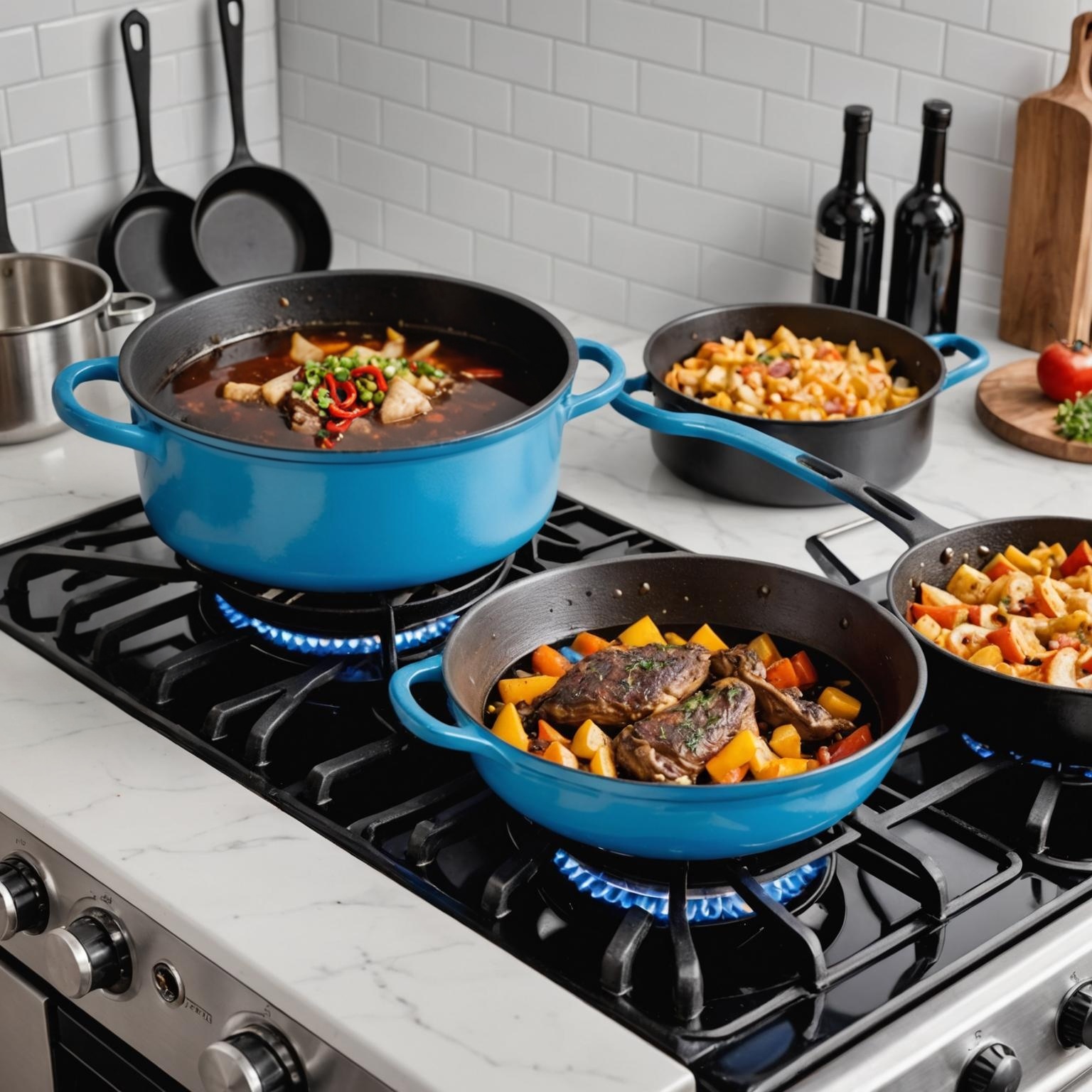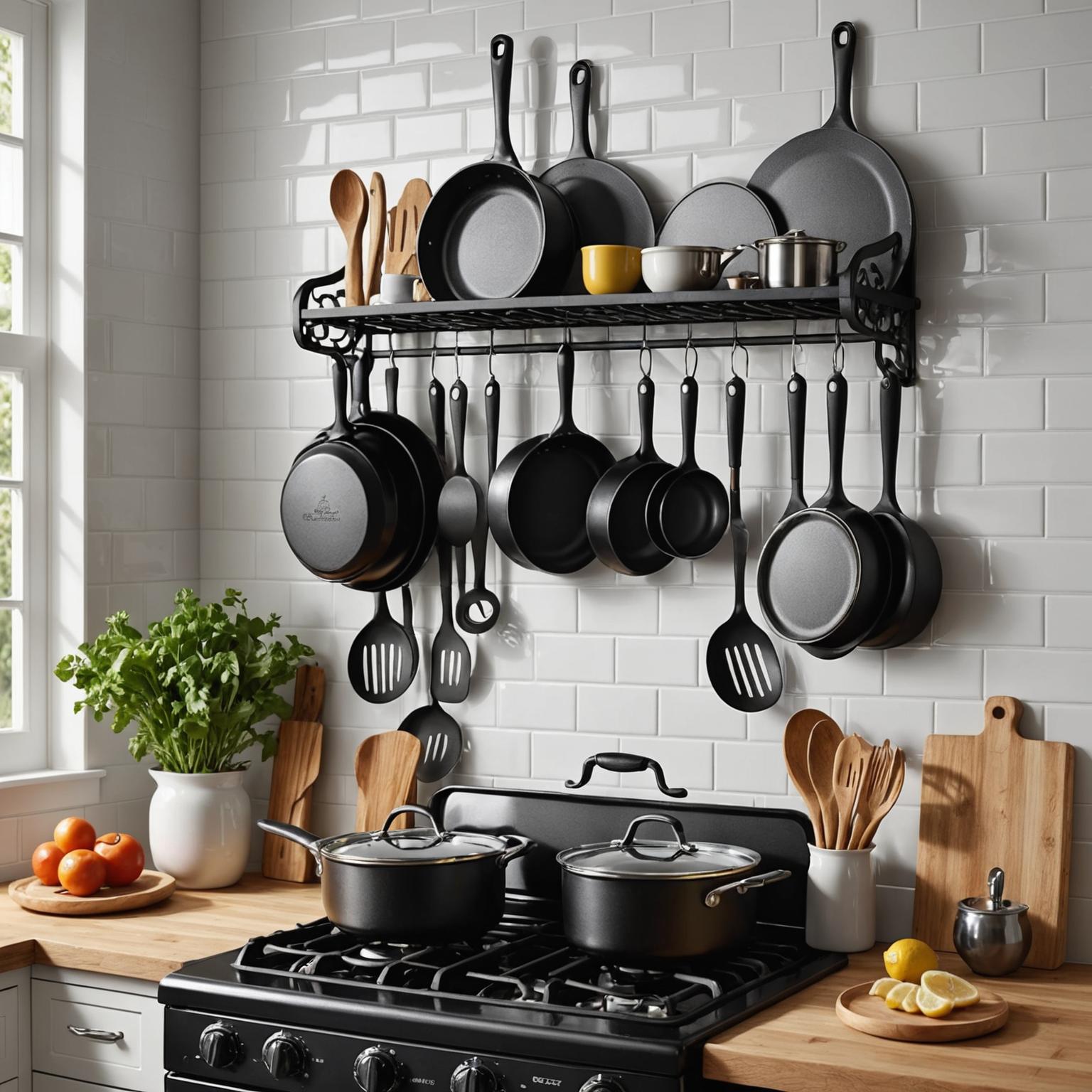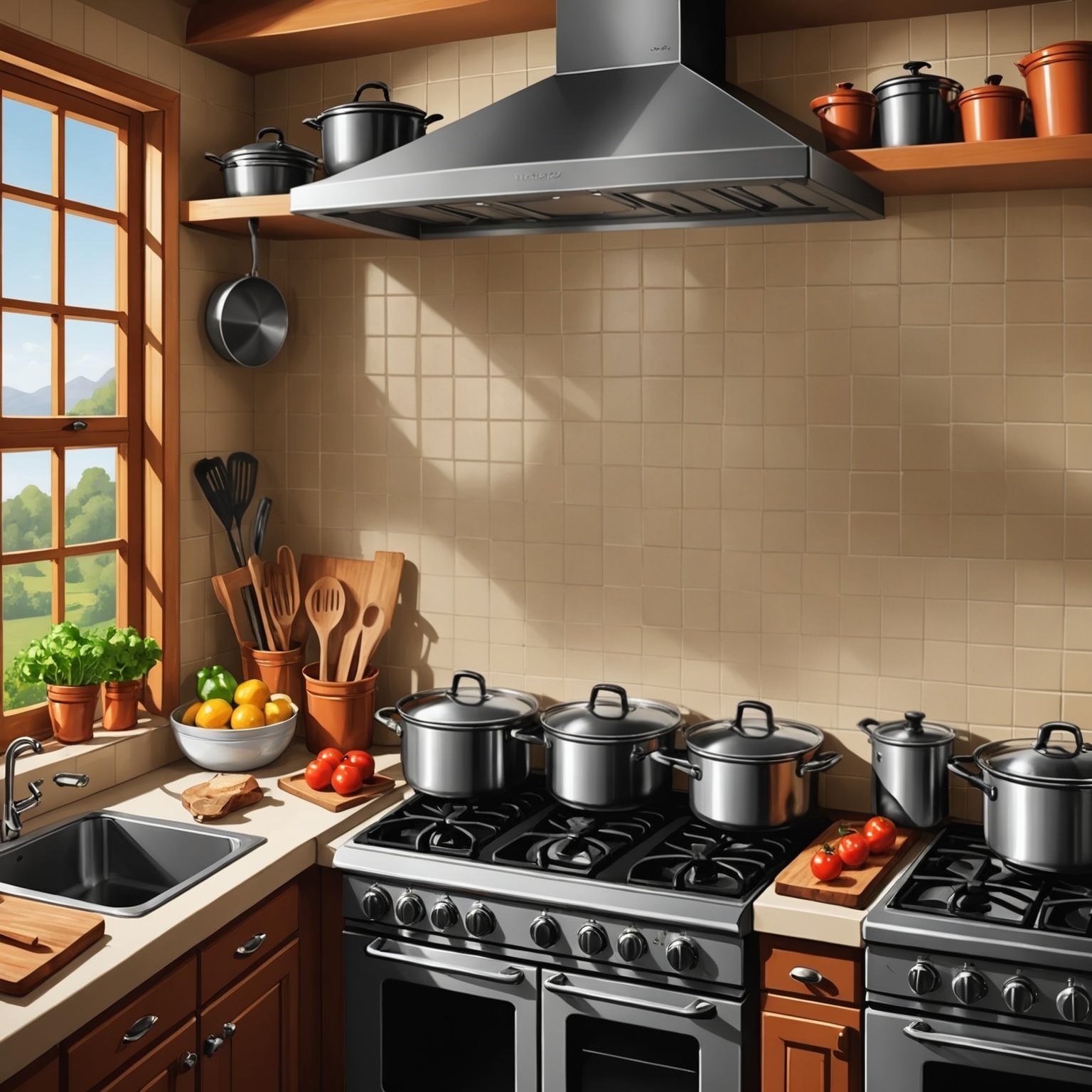A Renovator's Dilemma: The Search for Durability
When Sarah began her kitchen renovation project, she had a clear vision: a space that was not only aesthetically pleasing but also exceptionally functional and built to last. Having experienced the frustration of appliances that failed prematurely, she was determined to scrutinize every detail. Her focus quickly zeroed in on the heart of the kitchen—the cooktop. More specifically, she knew that the quality of the individual components, like the Cooktop Parts Stove Top Grate, would make all the difference between daily delight and constant disappointment. Her case study began with a mission to find a cooktop where durability was designed into every element, not just an afterthought.
Beyond the Shine: Evaluating Critical Kitchen Appliance Parts
In her previous apartment, Sarah had a cooktop with flimsy, lightweight grates. They would wobble under the weight of a heavy stockpot and were a nightmare to clean, with food getting trapped in poorly designed crevices. The experience taught her a valuable lesson about the importance of high-quality kitchen appliance parts. She didn't want to find herself searching online for replacement stove grates just a few years into owning a brand-new appliance. This time, her evaluation went beyond the surface-level appeal of stainless steel or sleek knobs; she was looking for substance, stability, and engineering that promised longevity. The performance of the entire unit, she realized, rested heavily on the quality of its grates.
Case in Point: A Deep Dive into Grate Expectations
Sarah’s research led her to evaluate several modern, compact two-burner models, each with a unique aesthetic but a shared emphasis on quality components. First, she examined a sleek stainless steel gas cooktop. Its product profile highlighted heavy-duty cast iron grates designed for stable support, allowing even the largest pots to slide easily across the surface. This was a major checkmark in its favor. Next, she considered the pristine white ReflectionGas Cooktop. This model featured a distinctive geometric pattern on its cast iron stove top grate, which was engineered not just for a chic, contemporary look but also to optimize heat distribution and ensure stability for various pot sizes. Finally, she looked at a striking Black Cast Iron Two-Burner model. Its description promised that the sturdy grates were engineered for durability, capable of withstanding the hustle of everyday cooking while providing excellent heat distribution. It became clear that premium cooktop parts were a key selling point for reputable brands.
The Final Verdict: A Decision Built on Stability
After careful consideration, Sarah chose the Black Cast Iron Two-Burner Gas Cooktop. The decision was solidified by the tangible quality of its components. The minimalist black finish complemented her modern design, but it was the robust stove top grate that sealed the deal. It felt substantial and perfectly engineered, promising the stability she craved. The burners were strategically placed for multitasking, and the intuitive controls offered precision. She felt confident that this unit was a long-term investment, one that would save her the future headache of sourcing replacement stove grates. The peace of mind that came from choosing an appliance with superior build quality was immeasurable.
The Result: Culinary Confidence in a Modern Kitchen
Months after her renovation was complete, Sarah's kitchen is her favorite room in the house, and the cooktop is its star player. The cast iron grates provide a perfectly level and secure foundation for all her culinary adventures, from simmering a delicate sauce to searing at high heat. The stability is so reliable that the surface acts almost like a solid baking sheet for cooktop tasks, holding everything steady. Cleaning is simple, and the cooktop performs flawlessly day after day. Sarah’s case study had a successful conclusion: by prioritizing the quality of core components from the outset, she created a kitchen that truly marries form and function, proving that the secret to a great appliance often lies in its most fundamental parts.






